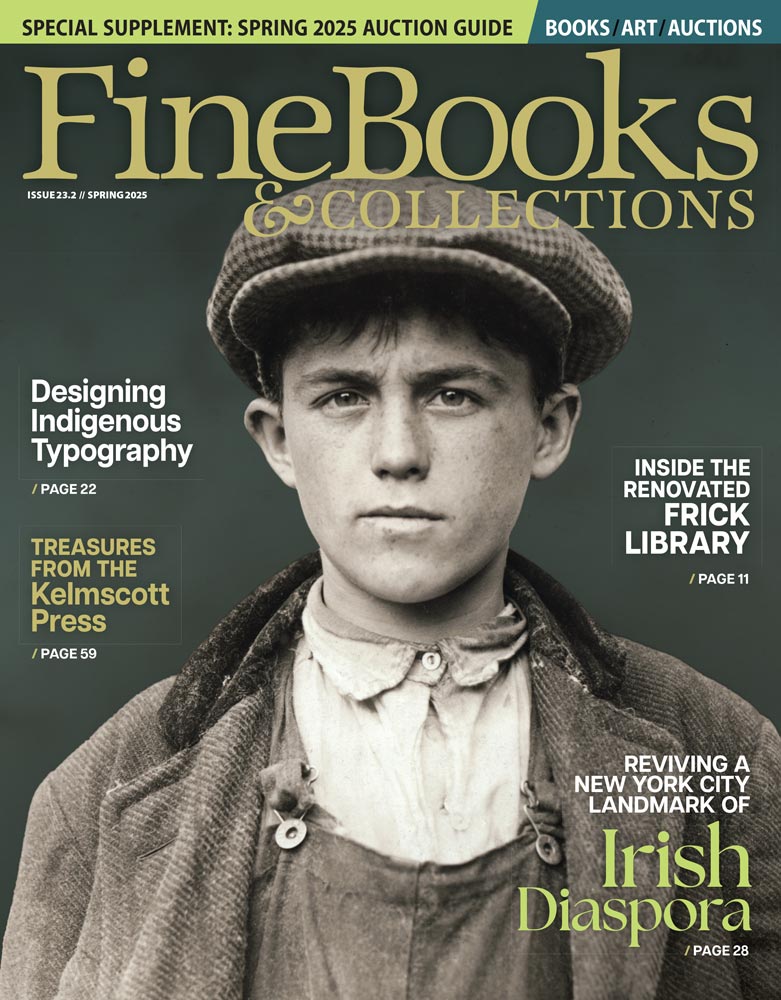Born to a respectable but impoverished Somerset County family in 1736, Henry Strachey began his career as a clerk in the War Office. He found an influential patron while working in India as Lord Clive’s personal secretary in the mid 1760s and served in Parliament on his return to England. In 1776 Strachey became secretary to the Commission for Restoring Peace to America and traveled to America to work with Admiral Richard Howe, head of the commission, and his brother, General Sir William Howe. The peace commissioners failed to bring the colonies back into the British fold, but in 1782 Strachey accepted appointment as secretary and assistant to the King’s commissioners sent to Paris to negotiate the Treaty of Paris that ended the war. Strachey kept voluminous notes of his experiences, wrote long letters home to his wife describing what he saw and who he met, and created a marvelous body of unique source material on England’s view of the creation of the United States. When Adams learned that Strachey’s descendants had kept his papers intact, adding them to the Clements Library’s holdings became a priority. Adams examined the papers, obtained Clements’ approval for buying them, and made his case to the Strachey family. Unfortunately, the arguments, blandishments, and financial offers that worked well before failed with the Stracheys, and Adams returned home to mourn the one that got away. If it is true that collectors and curators only regret the things we fail to buy, missing out on the Strachey papers was a major regret in Adams’ distinguished career.
Clements passed away in 1934 and Adams died in 1951, but the Clements Library kept the Strachey manuscripts in sight. In 1982, more than five decades after Adams’ encounter with one generation of Strachey heirs, their successors split the papers and put half of them up for sale at Sotheby’s. The Clements bought the Strachey lot for what in 2011 seems like the paltry sum of $7,000. The collection consisted of one linear foot of manuscripts, including letters, financial records, legal documents, and two volumes of 1773 reports from the governors of the American colonies to the Earl of Dartmouth. Among the highlights were twenty-nine letters from Henry in America to his wife Jane in England that provide extensive details of his experiences here from 1776 to 1778. The colonial reports to the Earl of Dartmouth provided detailed answers to twenty-two questions about conditions in colonies from Nova Scotia to the Leeward Islands. Complementing the Clements’ other Revolution-era manuscripts and printed materials as they did, the Strachey papers found the perfect historical context at the Clements Library.
But there was more to come. In 1988 the Strachey family consigned the second half of Henry’s papers to Sotheby’s. This time the buyer was San Diego’s Copley Press, which paid $283,000 to add the manuscripts to the library that housed the treasures of newspaper magnate and Americana collector James S. Copley. Those Strachey papers remained in San Diego until last year, when Sotheby’s of New York began a series of Copley auctions they described as “the greatest sale of historical American manuscripts and letters since the five Sang Sales of 1978–81.” The series generated a good deal of publicity, with much of the media attention zeroing in on the Strachey manuscripts as the star of the Copley materials. An article in the March 23, 2010, New York Times highlighted the Strachey papers and Sotheby’s plans to offer the collection as a single lot. The Times article and the thirty-two-page illustrated catalogue that Sotheby’s published for the October auction alerted the book-collecting and research-library world to the Strachey collection, effectively demolishing any chance that would-be buyers like the Clements could secure them under the radar.





















